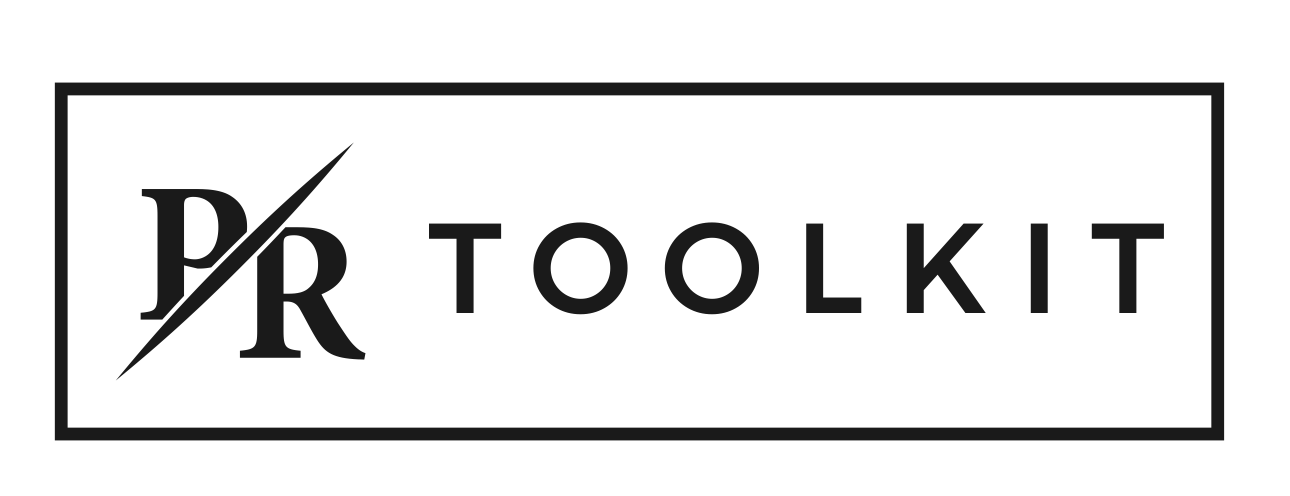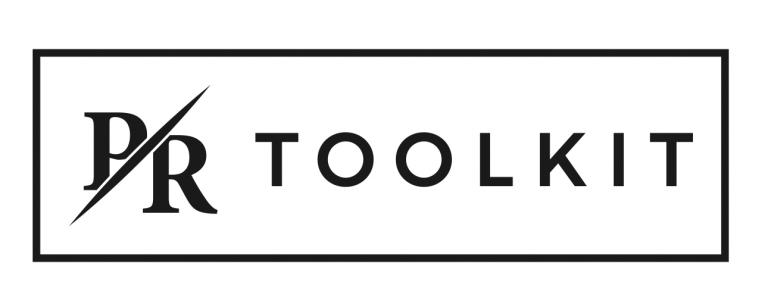Colleagues of mine have often joked about my obsession with measuring commercial impact. When I’d review a case study or evaluation report from an impressive campaign filled with all sorts of amazing metrics, my immediate instinct was to scan the results section for the commercial impact analysis. If it didn’t exist, after congratulating the team on their stellar work, my standard follow up question would always be, “but what about the commercial impact?”
I firmly believe that output metrics such as editorial outcomes and social engagement for example, are only one part of a bigger measurement pie and that the ultimate success of any PR initiative should be determined by how it delivered on the commercial objectives. What the objective is, depends entirely on the business, however in a world of consumer-brand PR, most often than not it’s sales or some form of customer behaviour.
However, as we live through the disruption of COVID-19 and learn from its impact on a daily basis, I’m actually going to contradict myself – much to the delight of my colleagues!
Here’s the thing. I don’t necessarily want to rely on the highly overused statement that we’re living in unprecedented times, but the truth is we are.
The Australian economy is in tatters. While some industries and business are booming, there are many that have been decimated, albeit (hopefully) temporarily. As a result, a record number of Australians have been stood down from their employment, are simply out of work, or are working reduced hours. This is the reality which has an obvious flow on effect.
And now that Australia is officially in recession, there’s a growing sense of financial insecurity for many with large parts of the population simply trying to make ends meet. And even if parts of the population do have discretionary income to spend on “stuff”, with such insecurity it’s likely that many will be holding on to what they have for a rainy day – which might very well be just around the corner.
But if we look back at the initial lock downs in Australia, while people may not have been spending superfluously, they were instead seeking connection – with each other and with purposeful content and meaningful conversation. And this will no doubt be the case during Melbourne’s second round of lock downs, and of course more widespread if the rest of Australia experiences a similar second wave as has been predicted.
There was no shortage of stats from earlier in the year that supported this consumer sentiment, but I do recall an interesting piece of research by Global Web Index which explored how COVID-19 had changed media consumption habits. For online video consumption, it showed an increase of up to 51% across demographics. For social live streaming there was a 15-31% increase with some regular streamers bringing in four times their usual audience. It also showed a 36% increase in online press readership.
This is in addition to what we observed for ourselves in practice. Brands that previously saw more passive forms of engagement started to experience deeper levels of engagement on branded content. What’s interesting, is that it wasn’t necessarily the content that changed during this time, it was the climate and our desire for connection. And it’s this desire that presents a significant opportunity for brands.
By stepping in and finding an authentic way to facilitate this connection during these uncertain times, I believe will help brands differentiate themselves and build equity over the long term. This connection could be with other like-minded people. It could be educating, inspiring or simply fuelling our desire for digital escapism. Either way, it’s about creating brand connection.
And while the audiences that brands are connecting with today may not be able to shop till their hearts content, they may be able to one day. Provided the connection is authentic and sustained, playing the connector role when people need it most, can go a long way to ensuring the brand remains top of mind post COVID-19.
So, right now, let’s elevate the importance of content engagement and audience connection as a future impact driver, and measure the true commercial impact of your activity six, twelve or even eighteen months from now.

